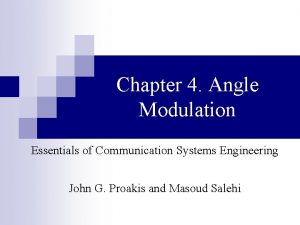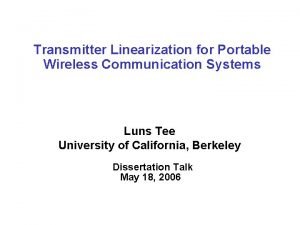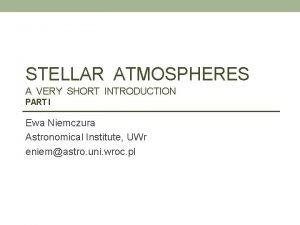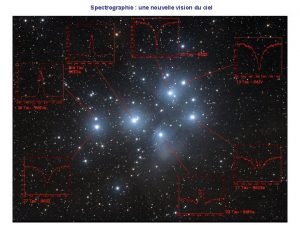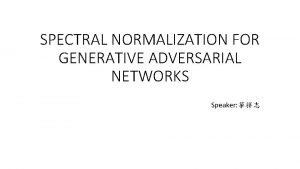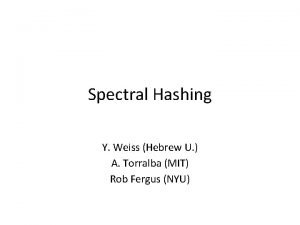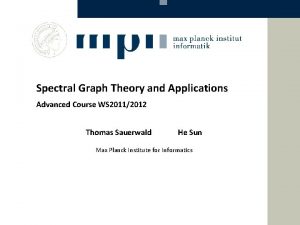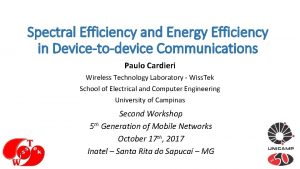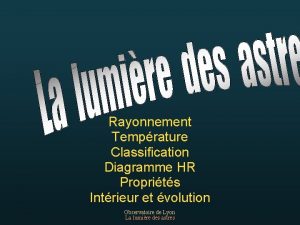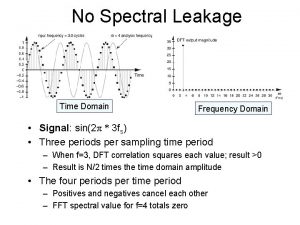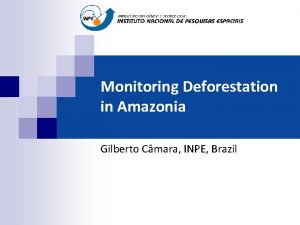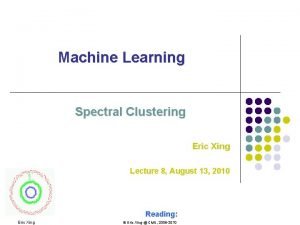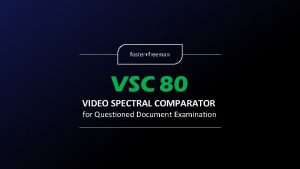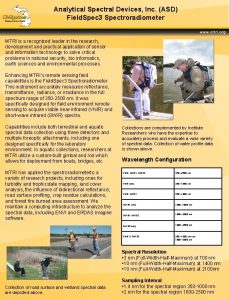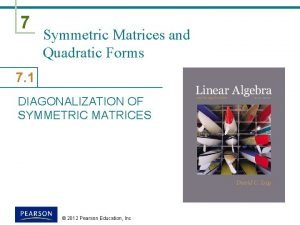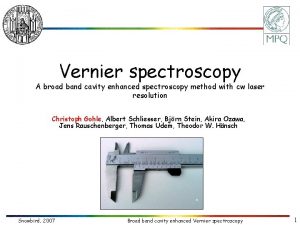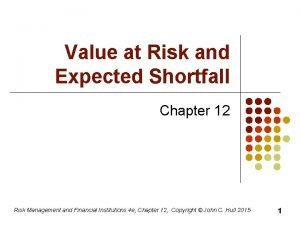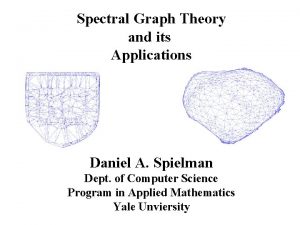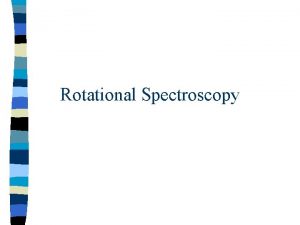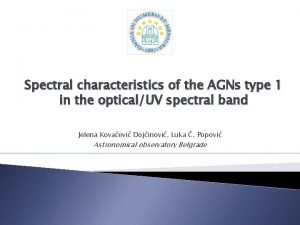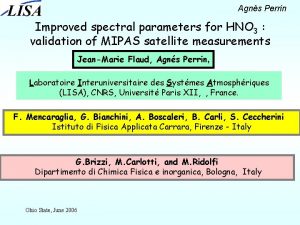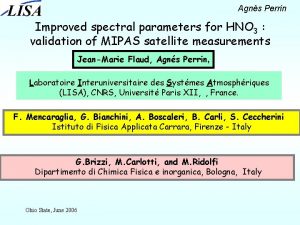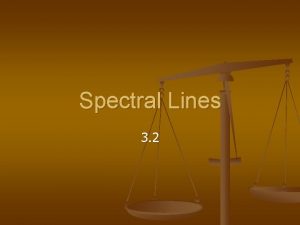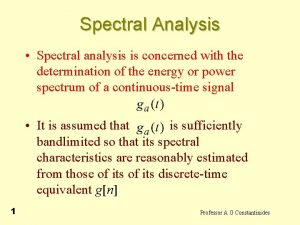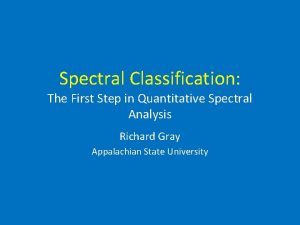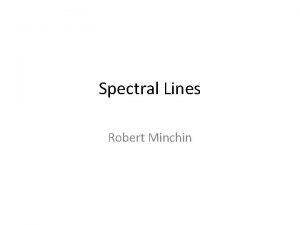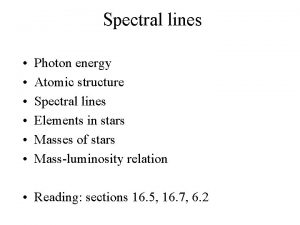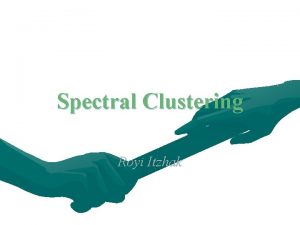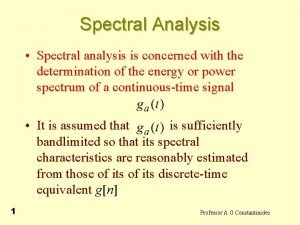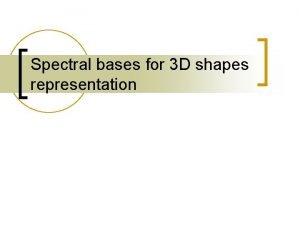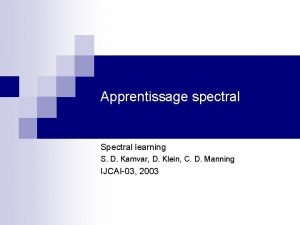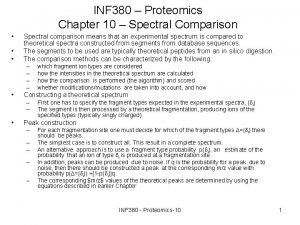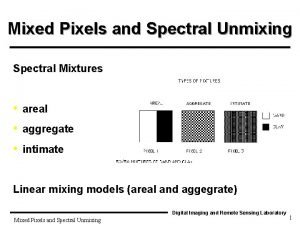Spectral characteristics of the AGNs type 1 in





















- Slides: 21

Spectral characteristics of the AGNs type 1 in the optical/UV spectral band Jelena Kovačević Dojčinović, Luka Č. Popović Astronomical observatory Belgrade

Outline 1. Introduction 2. Modelling the UV/optical spectra 2. 1 Multigaussian model 2. 2 UV/optical Fe II templates 2. 3 Balmer continuum model 3. Kinematics of the emission regions in AGNs 3. 1 Where the optical/UV Fe II lines arise? 3. 2 Virilization of the Broad Line Region 4. Contribution of the starbursts to AGN spectra 5. Summary

Introduction: AGNs type 1 NGC 5548 ESA/Hubble and NASA. Jovanović & Popović, 2009

Introduction: AGNs type 1 AGN type 2 Jovanović & Popović, 2009 Blasar

Introduction: AGN type 1: UV and optical spectrum BLR Broad Line Region (BLR) density: 1010 cm-3 distance: ~pc Velocities: ~ 1000 km/s AGN type 1 NLR Jovanović & Popović, 2009 Narrow Line Region (NLR) density: 103 cm-3 distance: ~kpc Velocities: ~ 100 km/s Francis et al. 1991

Introduction: Very complex spectra! § power low continuum § Balmer continuum § UV and optical iron lines § Host galaxy contribution (1 % - 10 %) ? UV/optical Fe II lines Balmer continuum Power low Francis et al. 1991

Introduction: § complex shapes of the broad emission lines § contribution of the starbursts Peterson 1997 BLR NLR [O III] Hβ

2. Modeling the optical spectra: 2. 1 Multigaussian model q Different components of emission lines are coming from different layers of emission regions. q Each component (represented as Gaussian) reflects the physical and kinematical properties of emission region where it arises. q Correlations between properties of different lines lead to better insight in the AGN structure, and kinematical and physical properties of gas in AGNs.

2. Modeling the optical spectra: 2. 2 UV/optical Fe II template Optical Fe II template: § Kovačević et al. 2010, Ap. JS, 189, 15. § Shapovalova et al. 2012, Ap. JS, 202, 10. § see http: //servo. aob. rs/Fe. II AGN/ UV Fe II template: § Popović et al. 2003, Ap. J, 599, 185 § Kovačević-Dojčinović & Popović, 2015, Ap. JS, 221, 35.

2. Modeling the optical spectra: 2. 3 Balmer continuum model Kovačević et al. 2014, Ad. Sp. R, 54, 1347 Balmer continuum model: Balmer continuum (Grandi 1982, λ<3646 A) + high order Balmer lines (n=3 -400, λ>3646 A) q power low Balmer continuum q High order Balmer lines One parameter of freedom less – we are calculating the intensity of the Balmer continuum using high order Balmer lines Good fit near Balmer edge

3. Kinematics of the emission regions in AGNs 3. 1 Where the optical/UV Fe II lines arise? - large AGN sample from SDSS - Correlations between the widths (and between shifts) of UV/optical Fe II, Mg II 2800 A and Balmer lines core indicate that the iron lines arise in the same emission region where the core of the Balmer lines arise: Intermediate Line Region (ILR). NLR ILR BLR Kovačević et al. 2010, Ap. JS, 189, 15. Kovačević-Dojčinović & Popović, 2015, Ap. JS, 221, 35 Barth et al. 2013 UV (2650 -3050 Å) optical (4000 -5600 Å) Mg II Hβ [O III] Hγ UV Fe II Hδ Fe II

3. Kinematics of the emission regions in AGNs 3. 1 Where the optical/UV Fe II lines arise? NLR ILR BLR Large redshift! Inflaw of the gas, asymmetry of the UV Fe II emission region? Kovačević-Dojčinović & Popović, 2015, Ap. JS, 221, 35.

3. Kinematics of the emission regions in AGNs 3. 1 Virilization of the Broad Line Region NLR BLR Virial assumption: the main broadening mechanism of the broad lines is the Keplerian motion around the supermassive black hole. Supermassive black hole mass: BH = FWHM Open questions: Is virial assumption correct for all broad lines? Is it correct for all AGN population?

3. Kinematics of the emission regions in AGNs 3. 1 Virilization of the Broad Line Region: Hβ, Mg II 2800 Å R FWHM 2 BH BH - gravitational redshift We expect : • We use a large sample of AGNs with no blue asymmetry, to check are Hβ, Mg II 2800 Å lines virilized, i. e. can they be used for black hole mass estimation.

3. Kinematics of the emission regions in AGNs 3. 1 Virilization of the Broad Line Region: Hβ, Mg II 2800 Å Hβ Mg II 50% Imax 10% Imax 5% Imax

3. Kinematics of the emission regions in AGNs 3. 1 Virilization of the Broad Line Region: Hβ, Mg II 2800 Å Hβ 50% Imax n fit with: Theoretically expected: n = 2 Hβ: Mg II: Mg II 50% Imax n= 1. 85 ∓ 0. 19 n = 2. 06 ∓ 0. 27 q Hβ line is good virial estimator at all intensity levels, but Mg II line only at half intensity. Hβ more confident line for MBH estimation! Jonić et al. 2016, Ap&SS, 361, 101

4. Contribution of the starbursts to AGN spectra Popović et al. 2009, AJ, 137, 3548 AGN+ starburst Mrk 493, HST Example: Mrk 493, HST emission lines from AGN emission regions + emission lines from starbursts

4. Contribution of the starbursts to AGN spectra Baldwin et al. 1981, Kewley et al. 2001, Kauffmann et al. 2003 AGN Popović, L. Č. , Kovačević, J. 2011, Ap. J, 738, 68 0. 5 SB R = log([O III]5007/HβNLR) R > 0. 5 “pure AGN” 247 objects R < 0. 5 ”AGN+ starburst” 46 objects Example: Mrk 493, HST

4. Contribution of the starbursts to AGN spectra AGN+ starburst pure AGN § Influence of the starburst radiation to the continuum luminosity and line widths log L 5100 AGN+ starburst ● AGN + starburst ○ pure AGN § Problem with the MBH estimation! log FWHM Hβ Popović, L. Č. , Kovačević, J. 2011, Ap. J, 738, 68

4. Contribution of the starbursts to AGN spectra ● AGN + starburst × pure AGN Influence of the starbursts: EV 1 correlations, Boroson and Green 1992 solution for unexplained correlations? Kovačević-Dojčinović & Popović, 2015, Ap. JS, 221, 35

Summary q q The spectra of AGNs are very complex. Continuum emission and emission lines can be decomposed into parts which are coming from different regions in AGN. Contribution of host galaxy and starbursts must be taken into account. Widths and shifts of the emission lines tell as about geometry and kinematics of the emission regions in AGN structure. Correlations between shifts, or between widths of emission lines imply kinematical connection of their emission regions. The virial assumption is valid for Hβ and Mg II lines with no blue asymmetry, so they can be used for the black hole mass estimation. Hβ is more confident for that purpose, since in wings of Mg II virial assumption failed. The starburst nearby AGNs contribute in emission lines and continuum in AGN spectra and change the spectral properties. It must be taken into account when using AGN spectra for black hole mass estimation. Possible connection of the starbursts with unexplained correlations in AGN sectra.
 Spectral characteristics of angle modulated signals
Spectral characteristics of angle modulated signals Spectral regrowth
Spectral regrowth Spectral regrowth
Spectral regrowth Spectral classification
Spectral classification Profil spectral rigel
Profil spectral rigel Spectral normalization gan
Spectral normalization gan Hashing
Hashing Spectral graph theory course
Spectral graph theory course Spectral efficiency
Spectral efficiency Séquence principale
Séquence principale Spectral leakage
Spectral leakage Spectral bands
Spectral bands Cmu machine learning
Cmu machine learning Spectral clustering
Spectral clustering Video spectral comparator
Video spectral comparator Spectral clustering
Spectral clustering Analytical spectral devices
Analytical spectral devices Theorem
Theorem Vernier spectroscopy
Vernier spectroscopy Spectral risk measure
Spectral risk measure Spectral graph theory and its applications
Spectral graph theory and its applications Rotational spectral lines
Rotational spectral lines
